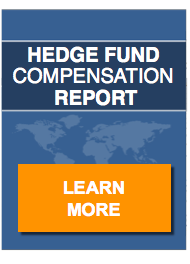Fundweb in the UK recently profiled Smith & Williamson, a firm that has so far weathered the beating that many other funds have suffered by focusing on two market niches where investor interest is still keen.
Smith & Williamson has roughly £11.5 billion (US$ 17.9 billion) of funds under management at October 31, 2011. The firm provides investment services for private individuals, charities and institutions, and has offices in London, Belfast, Birmingham, Bristol, Dublin, Glasgow and Guildford, UK.
Smith & Williamson has wandered into two of the hottest specialty fund marketing sectors. The first is its top-performing gold fund, launched at a time when investors were trying to diversify away from conventional equity and bond portfolios. The gold fund is managed in Canada by Bob Lyon and Ana Markova of AGF Investments.
Being managed out of Canada is an advantage in that nearly 60% of the world’s mining stocks are listed on Canada’s exchanges. Close proximity gives the fund managers easier access to company management. At £72m (US$112m), however, the gold fund is relatively smaller than other gold funds in the sector. But its small size makes it nimble. “It tends to invest in smaller capitalisation gold companies, which means it sits nicely alongside the more generalist BlackRock fund,” says Mark Dampier, head of research at Hargreaves Lansdown.
Smith & Williamson also found there was increasing demand for a low-risk alternative to the weak yields available on corporate and government bonds and cash. They launched the Smith & Williamson Short-Dated Corporate Bond fund in 2009. It is one of only a few funds on the market that invests solely in short-dated corporate debt with the aim of keeping risk low while providing investors with some additional yield.
The short-dated corporate fund was a direct response to research that showed a gap in the market at the time, says Nick Hodgson, sales and marketing director at Smith & Williamson. Performance has been steady, yielding roughly 4% with more than 10% capital appreciation since inception. However, says Hodgson, “If interest rates pick up, this fund will look less attractive and our next product development initiative is to look at possible alternatives. We already have the fixed-interest trust, but are working on developing other fixed-income products.”


